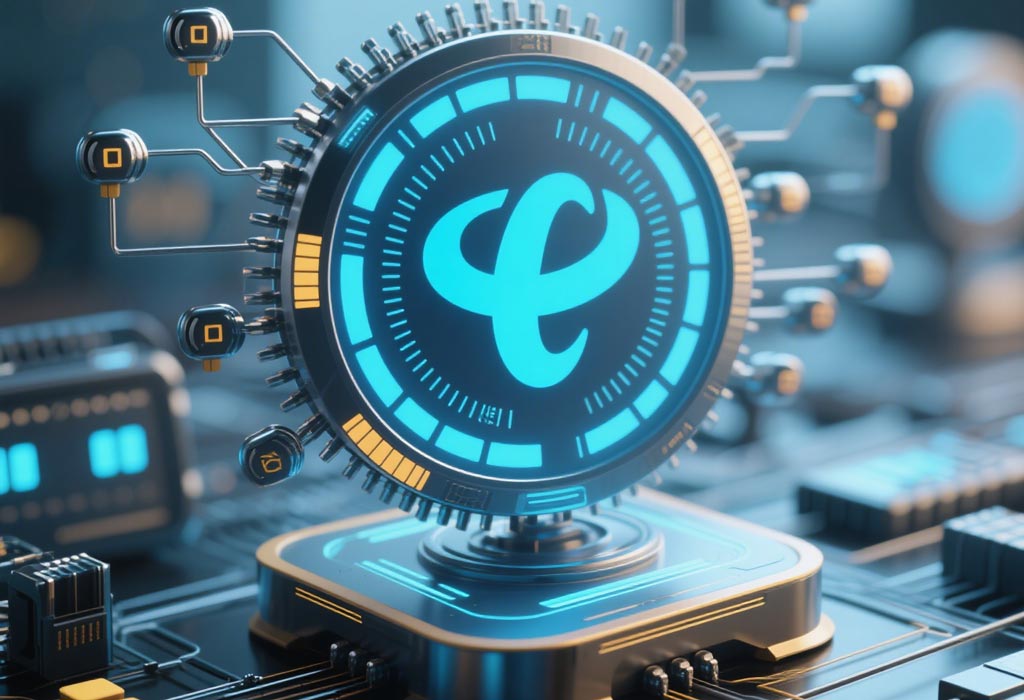Telecommunications networks form the nervous system of the digital age, transmitting everything from financial transactions to emergency communications. However, their growing complexity—fueled by 5G, IoT, and cloud integration—has made them prime targets for cyberattacks. This article examines evolving threats to telecom infrastructure, analyzes cutting-edge defense mechanisms like AI-driven anomaly detection, and explores regulatory and technological frameworks essential for safeguarding critical networks.
1. Attack Vectors in Modern Telecom Networks
SS7 Protocol Exploits: The Legacy Vulnerability
The Signaling System No. 7 (SS7), developed in the 1970s for analog network coordination, remains a glaring weak spot in 4G/5G networks. Attackers exploit SS7’s lack of encryption to:
- Intercept SMS Messages: Steal one-time passwords (OTPs) for bank accounts.
- Track User Locations: Unauthorized triangulation of mobile devices.
- Redirect Calls: Eavesdrop on conversations or bypass two-factor authentication (2FA).
In 2017, hackers exploited SS7 flaws to drain bank accounts via intercepted OTPs, prompting carriers like Verizon to adopt Diameter Protocol (an SS7 successor) with TLS encryption. However, Diameter itself has vulnerabilities, requiring continuous monitoring.
Ransomware Targeting VoIP Infrastructure
Voice over Internet Protocol (VoIP) systems, which route calls over IP networks, face escalating ransomware threats:
- Encrypted Voice Data Hijacking: Attackers encrypt call logs and SIP trunks, demanding payment for decryption keys.
- Toll Fraud: Hijacked systems make premium-rate calls, costing enterprises millions.
In 2022, a ransomware group paralyzed a European telecom operator’s VoIP services for 72 hours, disrupting emergency hotlines and corporate communications.
SIM Swap Fraud: Identity Theft at Scale
Fraudsters socially engineer carrier staff to transfer a victim’s phone number to a SIM card under their control. This allows them to:
- Bypass SMS-based 2FA and access email, crypto wallets, and social media.
- Intercept recovery codes for account resets.
The FBI reported a 400% surge in SIM swap cases between 2018 and 2021, with losses exceeding $68 million.
2. AI-Driven Security Solutions
Machine Learning for Anomaly Detection
Telecom operators analyze petabytes of network traffic daily. Machine learning (ML) models trained on historical data can identify deviations indicative of attacks:
- Unsupervised Learning: Detects zero-day threats by flagging unusual traffic patterns (e.g., sudden spikes in international call attempts).
- Supervised Learning: Classifies known threats like DDoS attacks using labeled datasets.
Case Study: AT&T’s “Network Threat Analyzer” uses ML to reduce false positives by 90% and cut response times from hours to minutes.
Automated Patch Management
Vulnerabilities in network equipment (e.g., routers, baseband units) are common entry points. AI-driven systems now:
- Scan for unpatched firmware using CVE (Common Vulnerabilities and Exposures) databases.
- Deploy patches during low-traffic windows to minimize downtime.
- Roll back updates automatically if anomalies emerge post-patch.
Behavioral Biometrics for User Authentication
To combat SIM swap fraud, carriers like T-Mobile deploy AI-powered behavioral analysis:
- Typing Patterns: Keystroke dynamics during customer service chats.
- Voice Recognition: Analyzing vocal cadence and frequency in call center interactions.
- Location Consistency: Flagging logins from geographically improbable locations.
3. Regulatory Compliance and Standards
GDPR and Telecom Data Anonymization
The EU’s General Data Protection Regulation (GDPR) mandates strict handling of user metadata (e.g., call records, IP addresses). Telecom firms must:
- Pseudonymization: Replace identifiers like IMSI numbers with tokens.
- Data Minimization: Retain customer data only for legally required periods (e.g., 6 months for call logs in some jurisdictions).
Violations carry fines up to 4% of global revenue. In 2023, a major carrier faced a €12 million penalty for storing location data beyond GDPR limits.
NIST Zero-Trust Architecture (ZTA)
The U.S. National Institute of Standards and Technology (NIST) SP 800-207 outlines zero-trust principles for telecom:
- Continuous Verification: Authenticate users and devices at every access request.
- Micro-Segmentation: Isolate critical network slices (e.g., emergency services) from general traffic.
- Least-Privilege Access: Restrict user permissions to the minimum required for their role.
Implementation Example: Verizon’s internal 5G core network grants access only after verifying device health certificates and user roles via blockchain-based identity management.
ENISA’s 5G Security Guidelines
The EU Agency for Cybersecurity (ENISA) mandates:
- Multi-Vendor Sourcing: Avoid dependency on single suppliers to mitigate supply chain risks.
- AI Transparency: Ensure ML models used for traffic analysis are auditable and free from bias.
4. Quantum-Safe Cryptography
The Quantum Threat to Classical Encryption
Quantum computers, leveraging Shor’s algorithm, could break RSA and ECC encryption within minutes. Telecom networks relying on these algorithms for key exchange (e.g., TLS 1.3) face existential risks as quantum computing advances.
Post-Quantum Algorithms
The NIST Post-Quantum Cryptography Standardization Project has shortlisted algorithms like:
- Kyber: A lattice-based key encapsulation mechanism (KEM) for secure key exchange.
- Dilithium: A digital signature scheme resistant to quantum attacks.
- SPHINCS+: A hash-based signature alternative for long-term security.
Migration Challenges
Transitioning to quantum-safe protocols poses hurdles:
- Legacy Device Compatibility: Many IoT sensors lack computational power for lattice-based algorithms.
- Hybrid Solutions: Deploying classical and post-quantum algorithms simultaneously during transition phases.
- Standardization Delays: Governments and carriers must synchronize updates to avoid interoperability issues.
Pioneering Initiatives: South Korea’s SK Telecom has begun testing quantum-resistant 5G base stations using NTRU algorithms, aiming for full migration by 2030.
Conclusion
As telecom networks evolve into interconnected ecosystems of 5G, IoT, and cloud platforms, cybersecurity must transition from reactive to predictive. AI-powered threat detection, zero-trust frameworks, and quantum-safe encryption represent the next frontier in defending critical infrastructure. However, technical solutions alone are insufficient—global collaboration among regulators, carriers, and vendors is essential to harmonize standards and mitigate supply chain risks. The stakes are unprecedented: a single breach in telecom infrastructure could cripple economies, compromise national security, and erode public trust. Proactive investment in next-gen defenses is not just prudent—it is existential.














